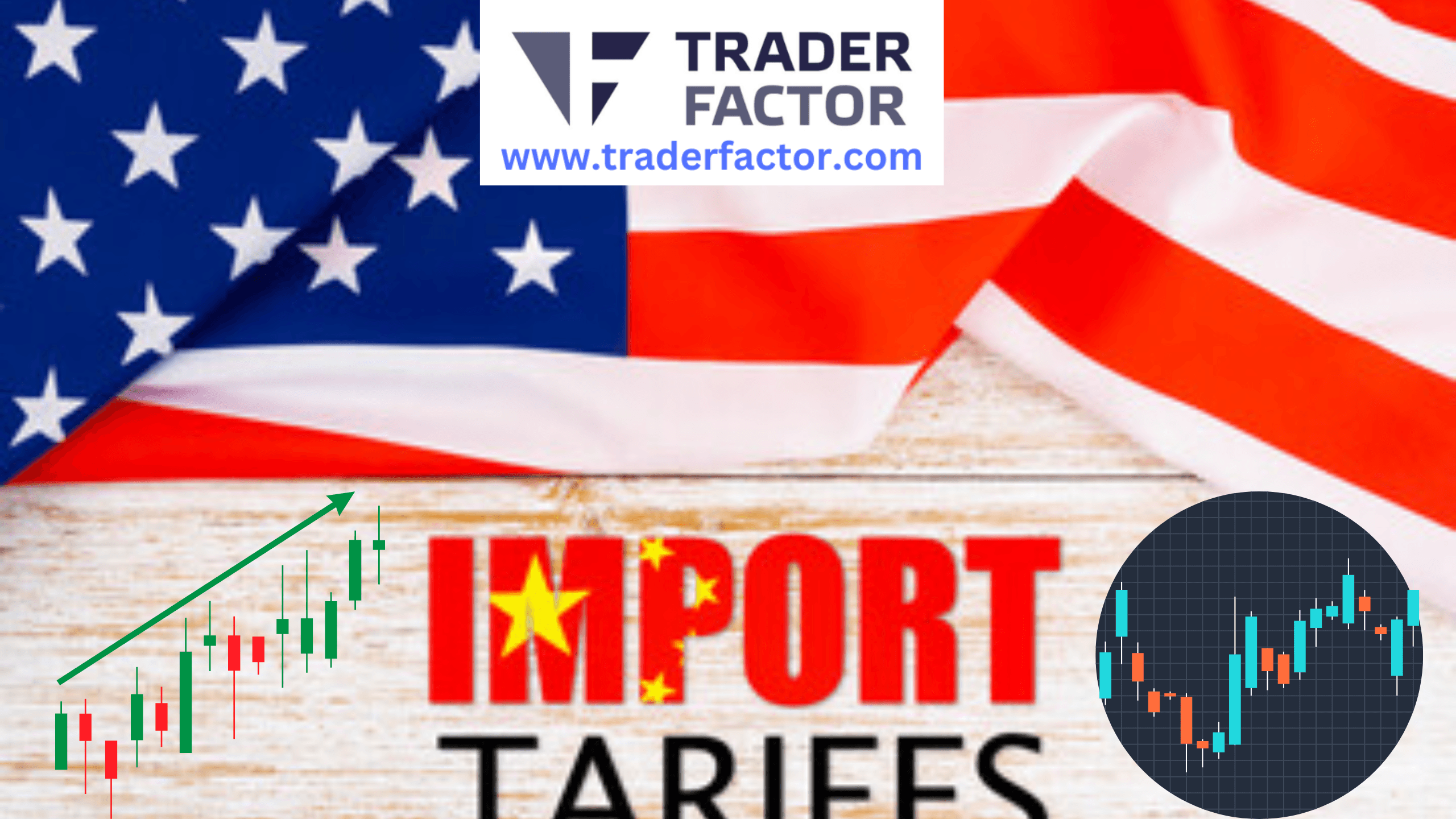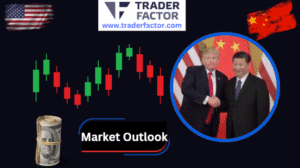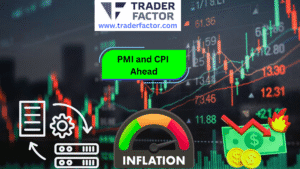The United States has implemented sweeping trade tariffs aimed at rebalancing global trade dynamics under President Donald Trump’s administration. These tariffs, as part of the “America First” policy, include a universal 10% levy and significantly higher rates for key trading partners such as China, the European Union, and Japan. The announcement has triggered immediate global market turbulence, widespread backlash, and heightened fears of a potential trade war. With markets responding sharply, experts warn that prolonged tariff measures could disrupt supply chains, increase consumer costs, and amplify the risk of a global economic slowdown, placing the global trade order in jeopardy.
| Overview of Tariffs | Details |
|---|---|
| Baseline Tariff | A universal 10% tariff on all imports to the U.S., effective April 5, 2025. |
| Country-Specific Tariffs | China: 34% (on top of existing tariffs). European Union: 20%. Japan: 24%. India: 26%. Vietnam: 46%. Cambodia: 49%. |
| Sector-Specific Tariffs | 25% on automobiles and auto parts, effective immediately. |
Global Market Reactions | Details |
|---|---|
| Stock Markets | Sharp declines globally: Asian markets (e.g., Nikkei, Kospi) fell 2-4%. U.S. futures dropped 3-4%. European markets also saw significant losses. |
| Commodities | Gold prices hit a record high, reflecting investor flight to safety. |
| Currencies | The Japanese yen strengthened, while the U.S. dollar showed mixed performance. |
Table of Contents
ToggleA New Era of Trade Policy
An Overview of the Tariffs
Trump announced a 10% baseline tariff on all imports, with specific rates for major trading partners such as 34% for China, 20% for the European Union, and 24% for Japan. Developing nations face even steeper penalties, with Cambodia and Vietnam experiencing rates above 40%. These measures aim to protect U.S. manufacturers and reduce longstanding trade deficits. Officials argue that such policies will encourage domestic production. However, critics emphasize that the broader economic impacts could outweigh the benefits, especially in sectors reliant on global supply chains.
Market Response to Economic Shift
Global markets responded quickly to the announcement. Asian indices such as the Nikkei and Kospi fell by over 3%, while U.S. stock futures shed 3-4% in value. Countries like China and Vietnam, key manufacturing hubs, are expected to suffer significant export losses. Meanwhile, commodity prices like gold rose to record highs as investors sought safer assets. The strengthening of the yen and weakening of other major currencies signify a volatility that reflects market skepticism over Trump’s policy.
Regional Reactions and Consequences of the Tarrifs
Impact Across North America
U.S. allies such as Canada and Mexico narrowly escaped the harsher measures but still face steel, aluminum, and auto part tariffs. Canadian officials have vowed retaliation by imposing tariffs on U.S. goods such as spirits and machinery. Mexico has promised diplomatic engagement to avoid escalating the trade dispute further. Despite exemptions, the policy may strain regional partnerships under existing trade agreements like USMCA.
The Ripple Effect in Asia
Asian economies face some of the harshest penalties due to their export-centric structures. China’s supply chains, already strained by existing tariffs, now confront rates as high as 54%. South Korea and Japan have raised concerns over their automobile industries, which are heavily reliant on U.S. markets. Governments in these countries are preparing emergency relief measures to mitigate potential damages to their economies, but the broader repercussions could lead to long-term losses.
Challenges for Europe
The European Union has criticized the measures as a departure from established global trade norms. Germany’s automotive sector, heavily dependent on U.S. exports, will experience significant pressures. European leaders have called for a proportionate response while emphasizing their readiness to retaliate if negotiations fail. However, the EU’s cautious approach reflects hesitance to escalate tensions amid growing economic uncertainties within the bloc.
Broader Economic Outlook
Risks to Global Stability
Prolonged trade wars could reduce global trade volumes, putting weaker economies at risk of recession. Rising consumer costs in the U.S., coupled with retaliatory tariffs, might dampen domestic demand while hurting businesses reliant on imported components. Inflationary pressures could ripple across global markets, challenging central banks’ efforts to stabilize economies already grappling with post-pandemic recoveries.
Implications for the World Order
Trump’s tariffs challenge multilateral trade systems, placing the World Trade Organization under scrutiny. The underlying shift reflects growing distrust in existing frameworks perceived as favoring certain nations over others. However, dismantling these systems without viable alternatives could weaken global economic ties, reduce trust in free trade agreements, and isolate the U.S. from its key trade partners.
Challenges Ahead
While the Trump administration argues that these tariffs will rebuild domestic manufacturing and fortify the U.S. economy, the measures have ignited widespread uncertainty. Retaliation from affected nations could exacerbate global tensions and disrupt international trade dynamics. Striking a balance between protecting national interests and maintaining global partnerships remains imperative, but such tariffs risk tilting the scales too far in a negative direction.
Conclusion
Trump’s tariffs symbolize a seismic shift in global trade policy, challenging long-established norms and relationships. While proponents argue for their benefits to U.S. manufacturing, the broader implications suggest increased economic turmoil and strained international ties. Addressing these issues will require careful diplomacy and cooperation, avoiding a protracted trade war that serves no winner in the global economy.
Disclaimer:
All information has been prepared by TraderFactor or partners. The information does not contain a record of TraderFactor or partner’s prices or an offer of or solicitation for a transaction in any financial instrument. No representation or warranty is given as to the accuracy or completeness of this information. Any material provided does not have regard to the specific investment objective and financial situation of any person who may read it. Past performance is not a reliable indicator of future performance

















